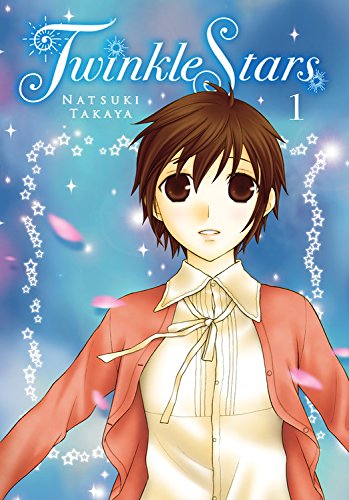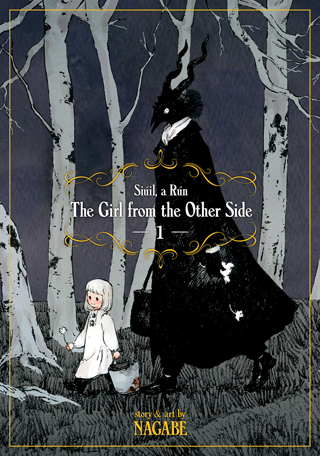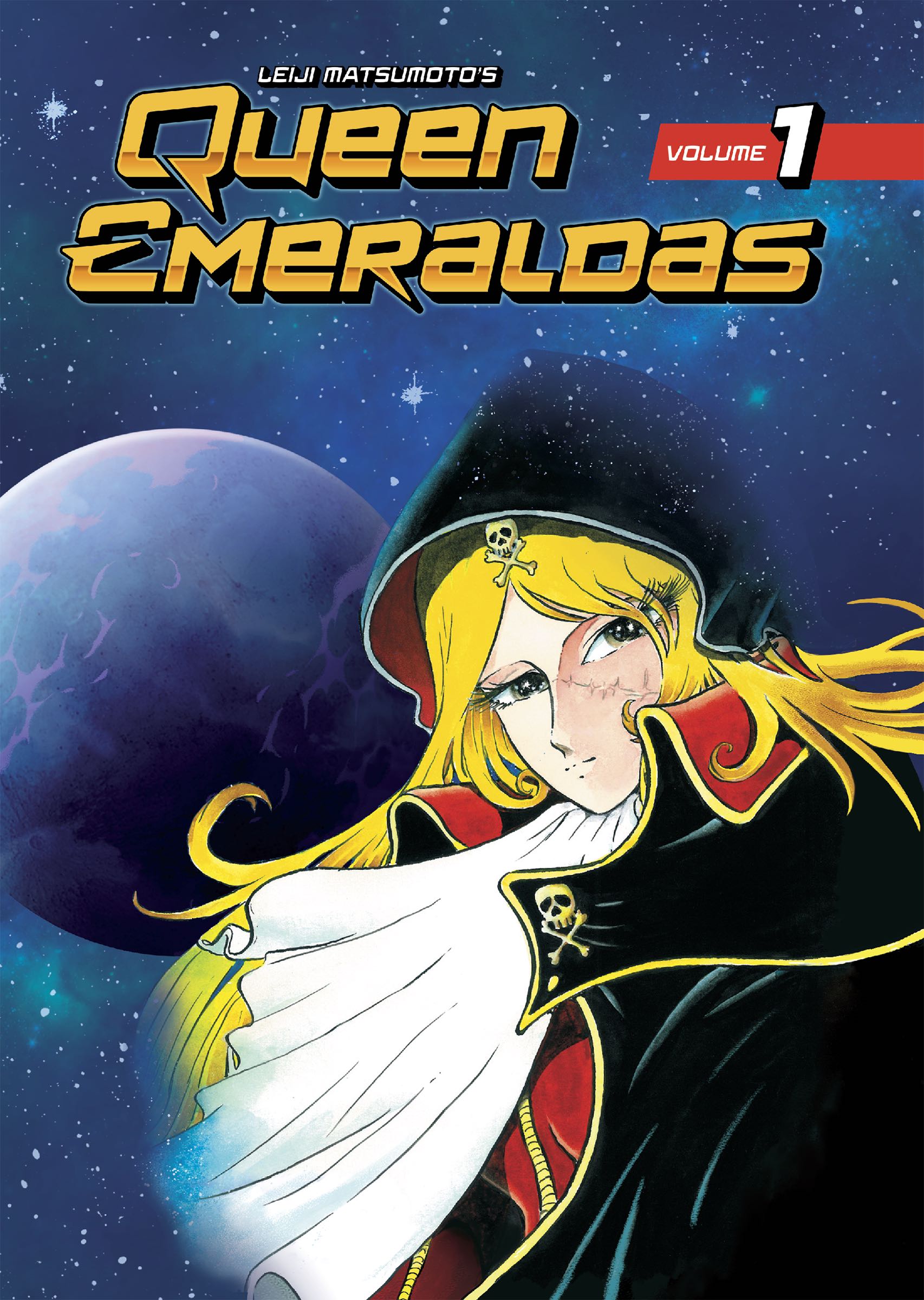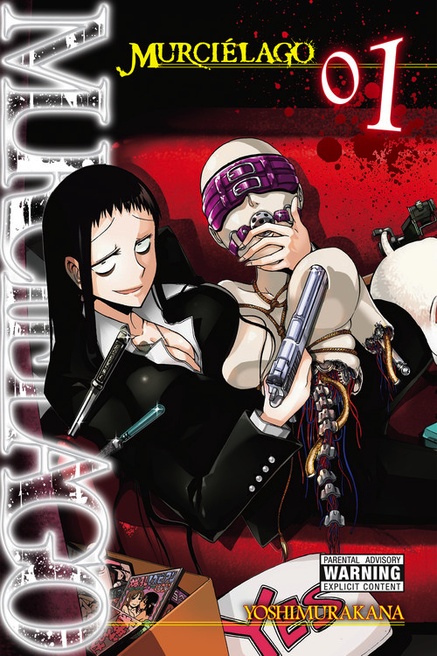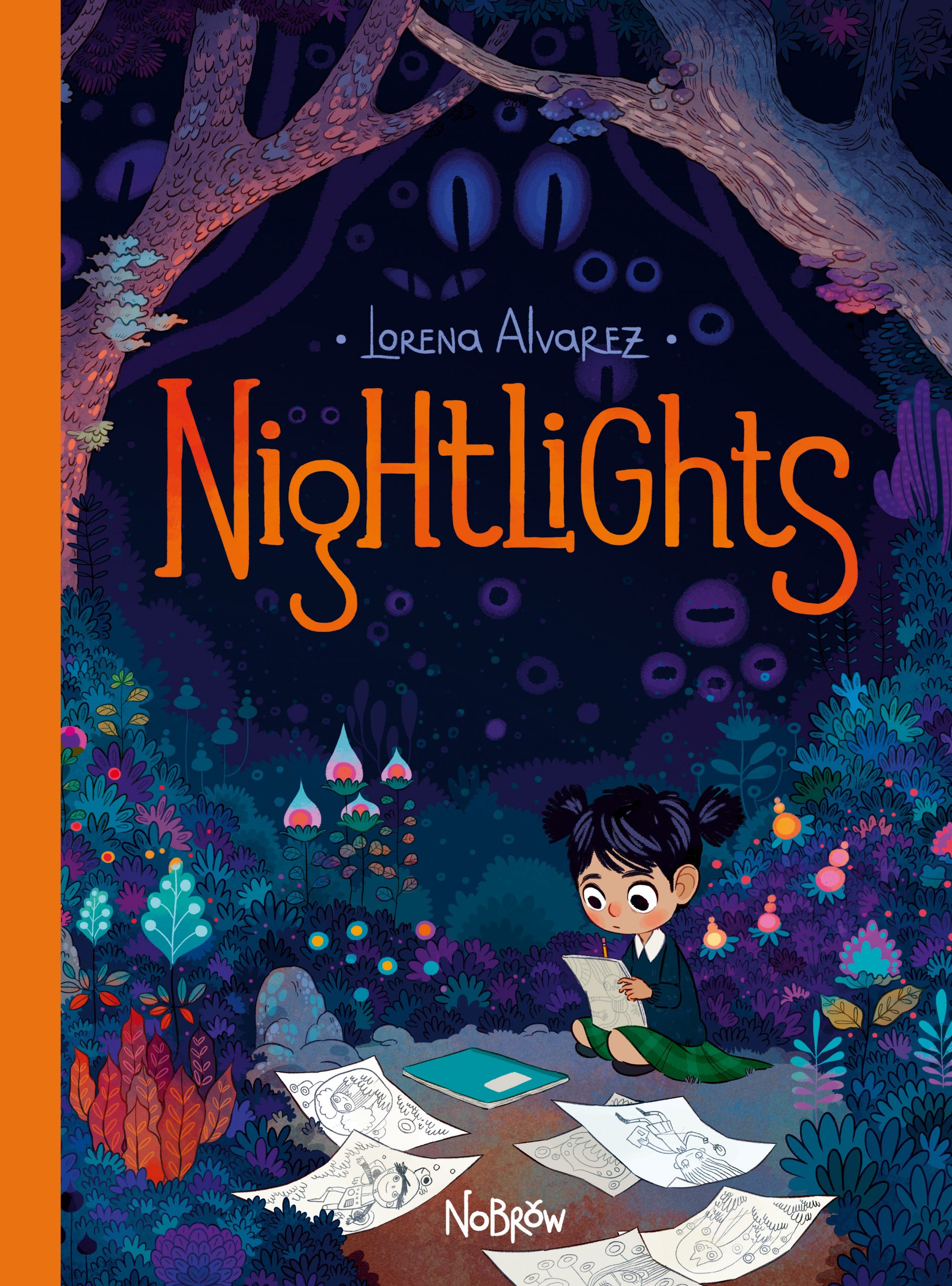My News and Reviews Last week at Experiments in Manga I posted two features in addition to the usual My Week in Manga. First up was the monthly giveaway. The winner will be announced on Wednesday, …
Continue Reading about My Week in Manga: April 24-April 30, 2016 →
